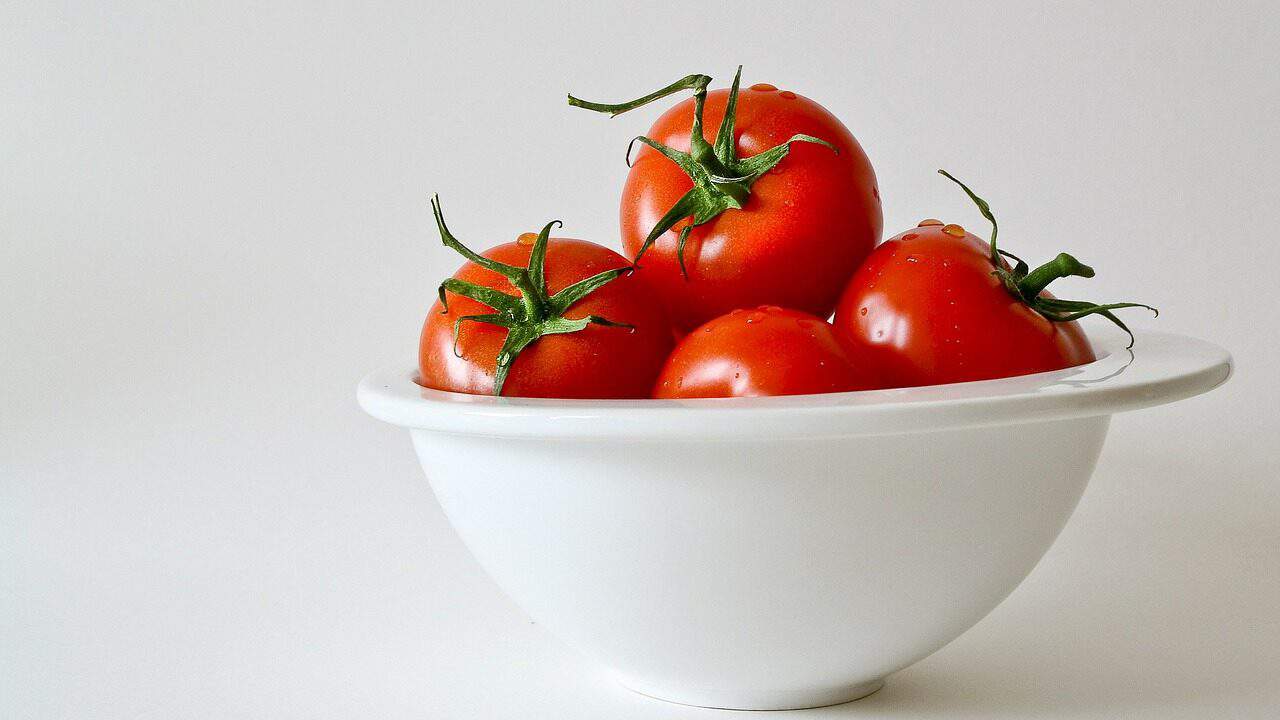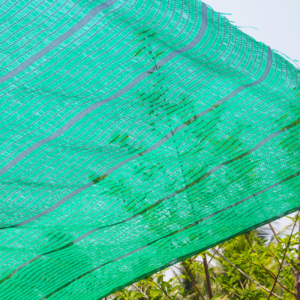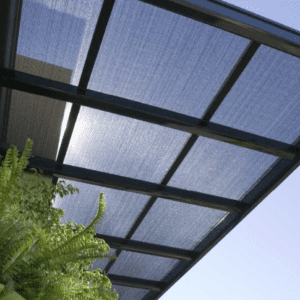Tomatoes are one of the most versatile vegetables all over the world. A few prefer it raw, while others prefer it cooked with veggies and spices. You can add tomatoes to almost anything, from sauce to salads, soups, and desserts to basic staples like rice, curry, scrambled eggs, and lentil soups. Have you ever thought of how to plant and care for your tomatoes in the greenhouse?
The more time you put into your tomatoes, the more you’ll understand them, their requirements, and when they’re at their best.
Here are tips on how to plant and care for your tomatoes. But before that, let’s look at some benefits of this juicy vegetable.
Benefits of Eating Tomatoes
- Tomatoes are one of the most significant sources of vitamins.
- They boost digestive health
- Tomatoes lower cancer risk
- Eating tomatoes reduce UV damage to your skin
- If you’re on a diet, tomatoes help to burn fat.

Tomato benefits are so many that we cannot list them all here. Since we’ve seen that tomato benefits your health, let’s get to know how to plant and care for them.
8 Tips How to Plant And Care for Your Tomatoes in the Greenhous
Planting – How to Plant Tomatoes in a Greenhouse
1. Fill in a starting tray with soil and make sure it’s sterile.
2. In each compartment of the starting tray, drill a 6 mm hole. Fill each hole with a single seed. Lightly cover with the soil mix. Plant extra seeds than you intend to grow so that you can discard the unhealthy seedlings.
3. Add water until the mixture is just soggy enough to form a clump with only a few drops pressed out. Water the mixture regularly to keep it moist.
A nutrient solution containing calcium and magnesium in a 5:2:5 ratio is ideal. Dilute the solution according to the package directions.
4. Bring the seeds into the greenhouse after they’ve sprouted so you can inspect them for disease and pests. Allow plenty of sunlight and keep the temperature between 75 and 80 degrees during the day.
5. About two weeks after they appear, transplant the plantings to small containers in the greenhouse. Transplant seedlings to larger containers or bags after 6 to 8 weeks or when they are 10–15 cm tall. A typical plant requires approximately one cubic foot of potting material. Even smaller varieties may yield fewer fruits if grown in smaller containers.
6. You should check the soil pH before the last transplant. If the soil has too much acid, add 1 tsp of hydrated lime per gallon of soil. Alternatively, if your soil ph is acceptable, choose calcium-containing fertilizer and apply it weekly.
It can be disheartening to lose your plant after putting in so much effort to produce a vast harvest. It is always good after the transplant to take good care of your tomato tree.
Tomato plant care is a long race, not a sprint; it takes up to 3 months or more to start producing fruit, so you must keep an eye on your plants for the long term.
Watering
Tomato plants love soil with a good amount of water supply. Watering your plant early in the morning will ensure enough moisture to last through a hot day. Deep watering promotes a healthy root system.
A green-house tomato plant requires slightly more than one liter a day, more in sunny and warm conditions, less in cool and cloudy conditions.
Fertilize
Use a complete fertilizer with a high nitrogen and potassium content; follow the label’s instructions for dilution and fertilizer application.
As the final fruits ripen, use less fertilizer. Fertilize in late autumn or winter and avoid
Fertilizers with high nitrogen. An excess of nitrogen may result in few flowers and little or no fruit.
Remove Suckers after a Week
Pinch off “suckers,” or side shoots that appear where a leaf attaches the main stem, once a week. Only the central bud at the top and the highest sucker below it should be left. This will encourage the plant to grow upward rather than outward.
If you damage your plant, the upper sucker can become the main stem.

Always Stake Your Tomato Plants
To keep your plants up straight as they grow, wrap them to stakes with strings. To secure the string, use plastic vegetable clips where necessary. The plant can grow up to 6 inches per week during the growing period and require tying every week.
Business operations save money by stringing a wire over each row and placing a support post every 20 feet.
Pollinate the Plant’s Flowers
A tomato, unlike many other plants, can pollinate itself — but it requires assistance. A tomato flower’s pollen is trapped inside a duct and released through vibration.
You can choose a bee netting that allows bees entry. You can also act as the pollinator when flowers open fully.
Purchase an electric plant vibrator for the best results. Press the vibrator against each flower stalk every day. Likewise, you can direct the air circulation over your plants with fans in the greenhouse to increase pollen spread. Large businesses should think about keeping their bees.
Prunning
Prune once your plant begins to fruit, aside from removing the sucker weekly:
Once your tomato fruit begins to grow, narrow each cluster to five fruits, discarding the smaller ones or most malformed.
Large fruits or cold weather may necessitate reducing the number of sets to three. Small-fruited varieties may not require any thinning.

Prevent Your Tomatoes from Pests
Monitor your tomato plants daily, checking under leaves, checking fruit, and checking near the soil. To dislodge many pests like aphids, spray plants with a good jet stream from the hose.
Handpick bigger insects like tomato hornworms with gloves on, dropping into a bucket of soapy water.
Moreover, you can still use insect netting; they protect your plants from pests like aphids and thrips, which mainly damage leaves and flowers.
Conclusion
Tomato growing is one of the best and most straightforward farming practices. Whether you’re new to gardening or a seasoned gardener looking for some tips on how to care for your tomatoes in the greenhouse, use the above information to help you get started.
Good luck with all your future gardening endeavors!
Start growing healthy tomatoes inside a greenhouse with our guidance. If you’re searching for an easy without worry about insects and bugs damaging your plants. We sell all the netting products you’ll need, so all you have to do is buy what works best for you, and we’ll take care of the rest.
Begin by getting your own greenhouse shade cloth so you may begin growing healthy tomatoes right away.
Please contact us or purchase online at Eyouagro to find out which one is best for your vegetables.














